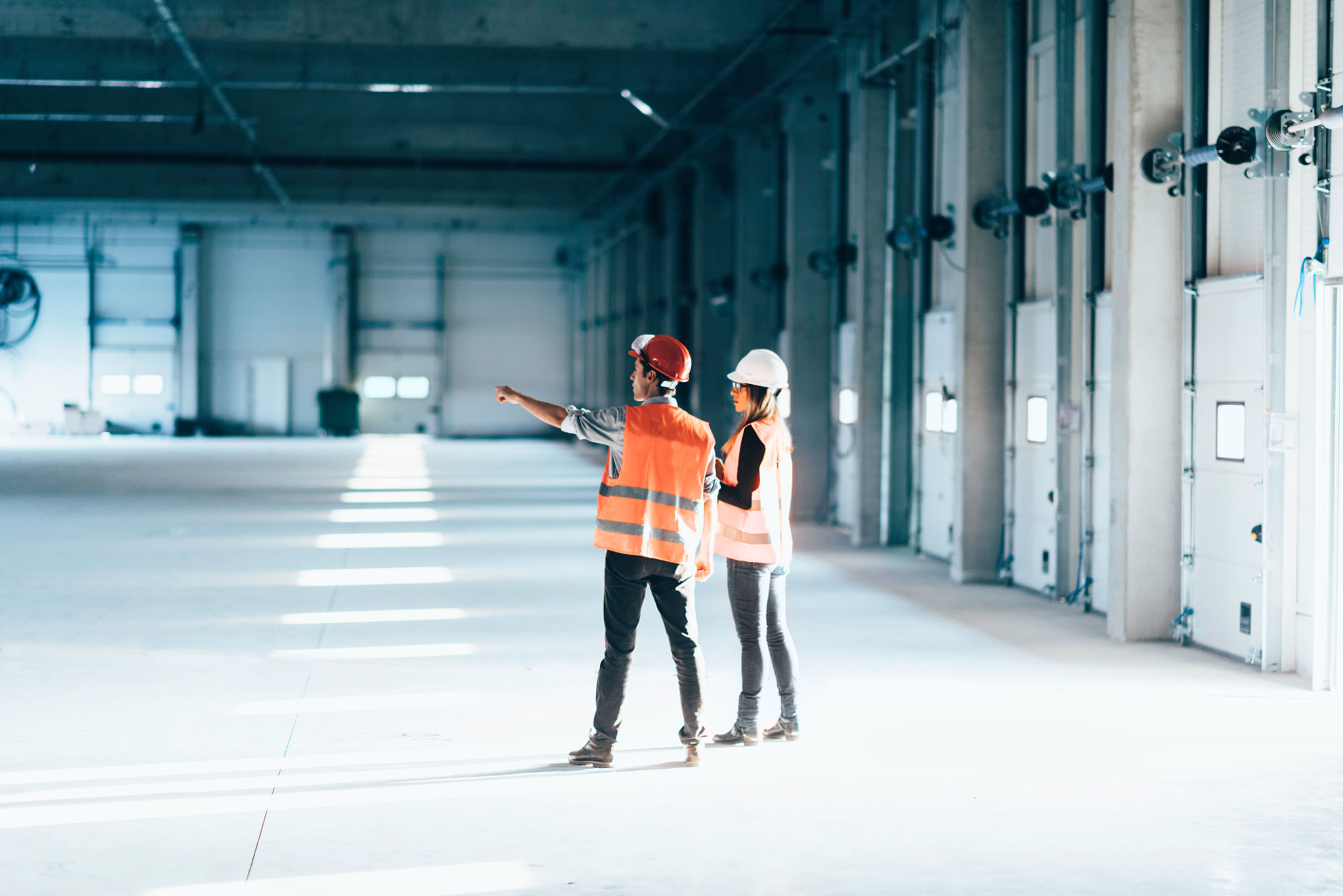Historic Building Maintenance: Expert Tips for Long-Term Preservation
Understanding the Importance of Historic Building Maintenance
Historic buildings are more than just architectural marvels; they are tangible links to our past. Preserving these structures is crucial for maintaining our cultural heritage and providing future generations with a window into history. However, maintaining these buildings requires a unique set of skills and approaches to ensure their long-term preservation.
Working with historic buildings involves more than just superficial repairs. It demands a deep understanding of the building's materials, construction techniques, and historical significance. With the right approach, we can preserve these landmarks for years to come.

Regular Inspections: The Cornerstone of Preservation
One of the most effective strategies for maintaining historic buildings is conducting regular inspections. These inspections help identify potential problems before they escalate, saving both time and resources. During inspections, it's important to pay close attention to areas prone to wear and tear, such as roofs, masonry, and foundations.
Establishing a schedule for routine inspections can help property managers stay on top of maintenance tasks. Ideally, inspections should be conducted by professionals familiar with the unique challenges posed by historic structures.

Addressing Structural Issues Promptly
Structural issues in historic buildings can quickly become severe if left unaddressed. Common problems include cracks in walls, water infiltration, and foundation settlement. These issues require immediate attention from experts who specialize in historic preservation.
Using modern materials may not always be appropriate for repairs. Instead, consider traditional methods and materials that are compatible with the original construction. This approach ensures the building's integrity and historical authenticity are maintained.
The Role of Environmental Controls
Environmental controls play a significant role in the preservation of historic buildings. Factors such as temperature, humidity, and light can all impact the condition of these structures over time. Implementing controls to manage these elements can prevent deterioration and extend the building's lifespan.
For instance, installing climate control systems can help maintain stable internal conditions, reducing the risk of damage caused by fluctuations in temperature and humidity. Additionally, using protective coverings or window films can minimize light exposure that may lead to fading or other damage.

Implementing Preventive Maintenance Plans
A proactive approach to maintenance involves creating a comprehensive preventive maintenance plan. This plan should outline regular tasks such as cleaning gutters, checking drainage systems, and maintaining exterior finishes. By addressing these routine tasks, property owners can prevent minor issues from developing into major problems.
- Cleaning and inspecting gutters regularly
- Checking drainage systems for blockages
- Maintaining exterior finishes
The Importance of Documentation and Research
Documentation is essential in historic building maintenance. Keeping detailed records of inspections, repairs, and alterations helps track the building's condition over time and facilitates future maintenance efforts. Researching the building's history can also provide valuable insights into the best preservation practices.
Consulting with historians or preservation experts can offer additional perspectives on maintaining a building's historical integrity while ensuring its functional utility for modern use.

Community Involvement in Preservation Efforts
Engaging the local community in preservation efforts is vital for the success of any historic building maintenance plan. Community involvement can foster a sense of pride and ownership, encouraging residents to participate in preservation activities or volunteer for maintenance projects.
Hosting educational workshops or tours can raise awareness about the importance of preserving historic structures, inspiring others to contribute to these efforts. A collaborative approach ensures that historic buildings remain cherished landmarks for future generations to enjoy.